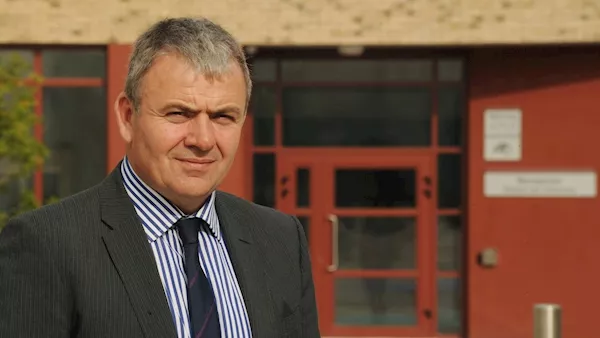Management at the Oberstown Children's Detention Centre says it has made "sustained improvements" in the past year.
The centre in north county Dublin issued its annual report today.
It has been nearly four years since the Oberstown Youth Detention Centre was set ablaze during a riot.
The centre was locked down, a member of staff was seriously injured, and three accommodation blocks were heavily damaged.
Oberstown today issued its latest annual report, laying out progress on its strategic plan and detailing the complex needs of the children in its care.
There were 132 young people detained at the centre last year, all but seven of them male.
52% needed mental health care and over two-thirds abused drink or drugs.
Almost half were not attending school before they were taken into the centre's care.
55 detainees participated in training to develop a sense of personal responsibility and address the causes of their behaviour - including non-violent restorative communication, empathy training, and tackling addiction.
In the report, Chair of the Board, Professor Ursula Kilkelly highlighted work undertaken at Oberstown to lead the way in the promotion of staff well-being.
“Oberstown has a dedicated organisational psychologist and during 2018 published a mental health and wellbeing booklet for all staff," said Prof. Kilkelly.
"During the year, the Campus became the first organisation in Ireland to train a full peer support work team on a third level accredited programme in Critical Incident Stress Management."

Pat Bergin
Director of Oberstown Pat Bergin said that it is evident in the report that "substantial progress" was made in the implementation of the CEHOP model of care.
"For example, the placement planning process was developed and now provides a strong framework to guide a young person’s journey through care in Oberstown," said Mr Bergin.
"Furthermore, through CEHOP, we are constantly seeking to expand the educational offering for young people to help prepare them for leaving the campus and returning to their families and communities.”






